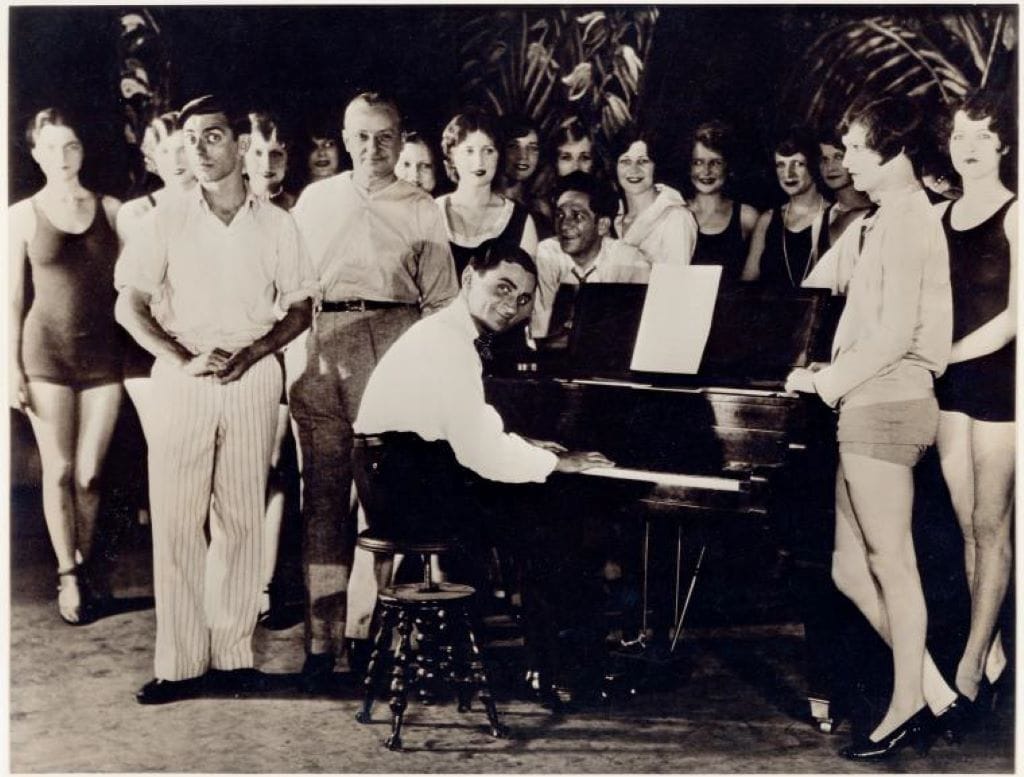At just about any moment, there is a theater, somewhere, staging a performance of a Rodgers and Hammerstein musical. From high school theater productions of The Sound of Music to multi-million dollar, modernized stagings of Daniel Fish’s Oklahoma! in 2019 in London’s West End, the musicals of Richard Rodgers and his lyricist partners Lorenz Hard and later Oscar Hammerstein have left a multigenerational legacy. They changed how the world sees musical theater.
Prior to Rodgers and his partners, musical theater focused on variety shows and vaudeville, or Ziegfeld Follies spectaculars, quick entertainment in short bursts. Rodgers and Hammerstein turned musical theater into laugh-out-loud comedy, tear-jerking drama, serious dance with complex staging, all wrapped into a single plot line with supporting story lines that come together in the end. And in a rare form of transparency, Rodgers allowed cameras behind the scenes to capture the production from development to showtime.

ADVERTISEMENT - CONTINUE READING BELOW
Capturing Broadway’s Backstage
The magical world onstage belies the demanding work to create a theater production. This photograph is a unique glimpse at the work behind the show before Rodgers opened the backstage to photographers. It shows composer Irving Berlin at the piano, practicing for the 1927 Ziegfeld Follies. Actor and comedian Eddie Cantor (left), producer Florenz Ziegfeld, Jr. (middle, behind Berlin), and choreographer Sammy Lee (leaning on piano) surround Berlin.
They are joined by the Ziegfeld Girls, the popular dance troupe at the heart of the Follies. Ziegfeld Follies, a lavish Broadway variety show, featured music, dancing, comedy, and skits. Along with the talented Ziegfeld Girls dancers, the show presented some of the biggest entertainers of the time. The Follies counted W.C. Fields, Eddie Cantor, Fanny Brice, Josephine Baker, and Buddy Ebsen among its alumni over its annual run in the early 1900s.

